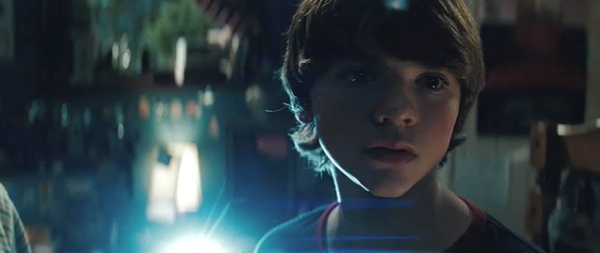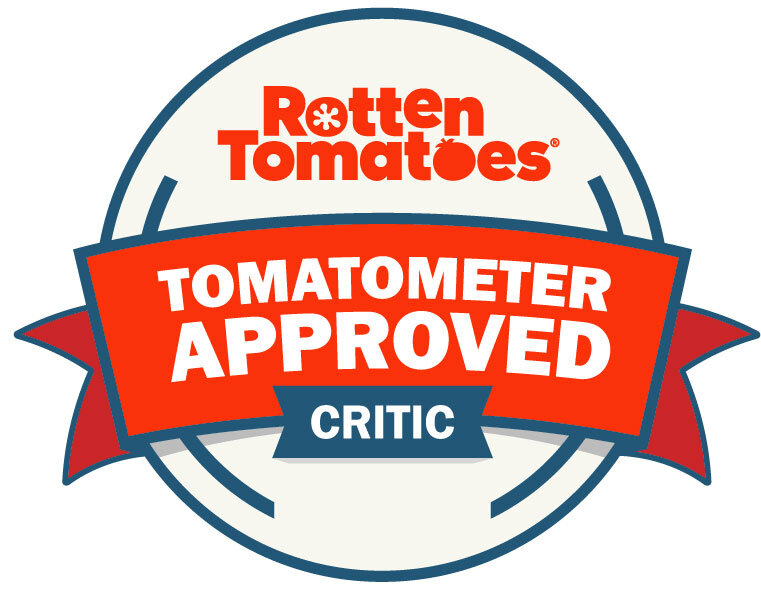2011 // USA // David Yates // July 17, 2011 // 3D Digital Theatrical Projection (St. Louis Cinemas Moolah Theater)
[Note: This post contains no significant spoilers, although at this point in the Harry Potter series I assume that the need for such forewarnings is virtually nil.]
It's a safe bet that anyone who settles in to savor Harry Potter and Deathly Hallows: Part 2 has already committed themselves fully to the pop cultural phenomenon of the Potterverse, either as a devoted fan of J.K. Rowling's novels or as an admirer of the films' dense, highly burnished stripe of fantasy entertainment. Appropriately, the second half of director David Yates' Deathly Hallows adaptation wastes no breath bringing the viewer up to speed, but rather plunges forth almost precisely at the point where Part 1 concluded. To wit: Harry, Ron, and Hermione are desperately searching for the three remaining Horcruxes that house the fragmented soul of the Dark Lord Voldemort, who is unfortunately now in possession of the fabled and all-powerful Elder Wand.
Warner Brothers' decision to split Deathly Hallows into two feature films had the unfortunate effect of rendering Part 1 a little aimless, as Harry and his friends spent an undue proportion of the film's running time wandering in the wilderness, far removed from the comforting familiarity of Hogwarts and woefully uncertain of their next move. Part 2, on the other hand, functions as a fairly unrelenting action-adventure picture from roughly the ten minute mark all the way to the end. This lends weight to the notion that the two parts balance one another, and are best considered as a single four-and-a-half-hour work. The Harry Potter films' propensity for flavoring Rowling's stories with plenty of cinematic spectacle and derring-do--mounting since Azkaban, and conspicuous since Yates took over directing duties with Phoenix--has been one of the more exhilarating aspects of the adaptations, and here that same approach pays bountiful dividends to those viewers that have stuck it out to the end.
The first section of Part 2 comprises a break-in and subsequent break-out of the goblin-run bank Gringotts, a sequence that plays a little too much like a echo of the Ministry of Magic heist from Part 1. From there, the myriad threads of the story converge on Hogwarts, as Harry and his friends search for the final Horcruxes while Voldemort and his Death Eaters lays siege to the castle. This is, undoubtedly, what devotees of the franchise have been waiting for: an all-out, life-or-death melee featuring familiar faces both benevolent and malign, with the environs of Hogwarts as a poignant, rubble-strewn backdrop.
Gratifyingly for Potter aficionados, the filmmakers take pains to reference a staggering numbers of characters, creatures, locations, and events from previous chapters in the series. It's a testament to both the richness of Rowling's universe and the maturity of the film series' approach that these nods come not as gratuitous shout-outs but natural outgrowths of the concluding chapter's panoramic scope. Nonetheless, Yates and series screenwriter Steve Kloves wisely maintain a scrupulous focus on Harry's personal journey, even as they convey the sprawling chaos of the final conflict. The entire cast is in characteristically fine form, and the final appearance of the superlative Alan Rickman as Severus Snape is naturally a treat. However, Deathly Hallows: Part 2 is absolutely Daniel Radcliffe's film. It's his best performance in the franchise, and the film's lump-in-the-throat moments work primarily due to the skillful blend of rawness and delicacy that Radcliffe brings to the role.
Snippets of authentic artistic triumph have appeared fleetingly within the Harry Potter films--a breathtaking shot, a masterful action set-piece, a deliciously delivered line--but the series has concerned itself first and foremost with escapist entertainment, albeit entertainment of a first-class sort. Deathly Hallows: Part 2 does nothing to alter this formula, and it concludes the story of the Boy Who Lived with the sort of exacting extravagance that the hardcore devotees expect and the casual fans admire. Now that we find ourselves at the end, particular accolades belong to production designer Stuart Craig, who has dedicated over a decade of his life to these damn films. More than any other person aside from Rowling herself, Craig has been responsible for conjuring the indelible fantasy vision of the Potterverse. Whatever the series' merits and flaws, his work has been so consistently exceptional in quality and so staggering in scale that I sincerely doubt it will be equaled in my lifetime.









